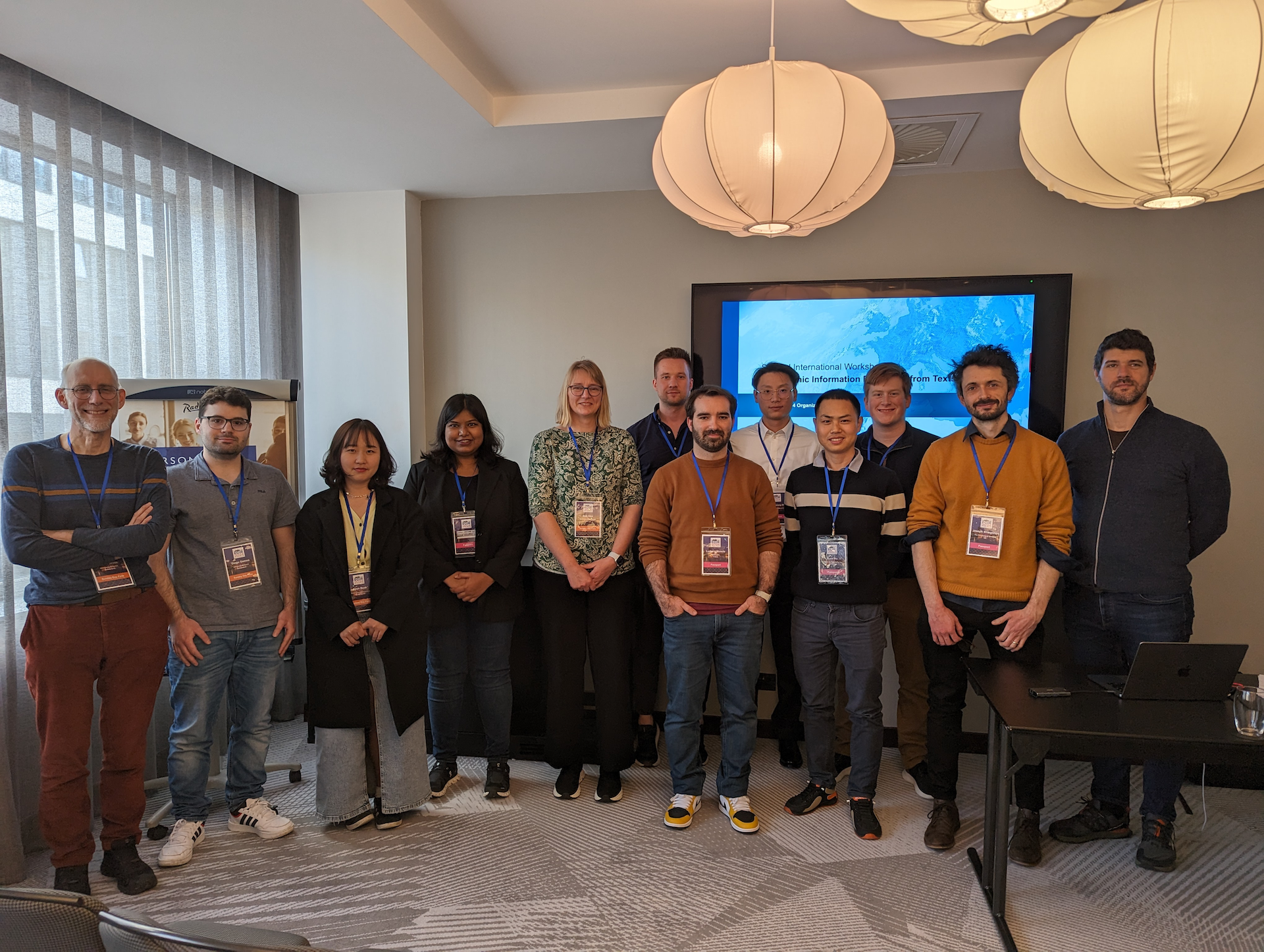Tag: Paper
-

Evidence for Systematic Bias in the Spatial Memory of Large Language Models
Recent studies primarily view Large Language Models (LLMs) in geography as tools for linking natural language to geographic information systems. However, Roberts et al. (2023) demonstrated GPT-4’s inherent ability to perform spatial reasoning tasks without relying on external processing engines. This includes calculating the final destinations of routes based on initial locations, transport modes, directions,…
-
3DGeo contributions to ISPRS Congress 2022 now online
From 5 June – 11 June 2022 the ISPRS Congress took place in Nice, France. The 3DGeo research group had three paper contributions which can now be found online: (1) Virtual Laser Scanning of Dynamic Scenes Created From Real 4D Topographic Point Cloud Data. Find all details in the video (link) and paper and check…
-
Detecting OpenStreetMap missing buildings by transferring pre-trained deep neural networks
Recently, a new research paper “Detecting OpenStreetMap missing buildings by transferring pre-trained deep neural networks” (Pisl, J., Li, H., Herfort, B., Lautenbach, S., Zipf, A. 2021) has been accepted at the the 24th AGILE conference 2021. The conference will take place virually on June 8 to 11, 2021. Accurate and complete geographic data of human…
-
Mapping physical access to health care for older adults in sub-Saharan Africa and implications for the COVID-19 response: a cross-sectional analysis
New paper published on healthcare access in Sub-Saharan Africa It is almost a year since SARS-CoV-2 first emerged in China. The virus spread all over the world. Countries south of the Sahara did not receive much attention. Although outbreaks here have a strong risk potential due to existing crises. In our new published paper we…
-
Classification of 3D ALS Point Clouds using End-To-End Deep Learning
In a new publication, we show how deep neural networks can be used in an end-to-end manner for the classification of 3D point clouds from airborne laser scan data. The research, based on the award-winning diploma thesis of Lukas Winiwarter at TU Wien, has now been published in “PFG – Photogrammetrie, Fernerkundung, Geoinformation“, the Journal…


